Review by Wallace Wyss
Photos courtesy Adler Publishing
When I go to concours d’elegance, I rarely see that hard to find beast—a dead stock Pantera. But if I go to a show with hot rods and street rods, I see Panteras but they have bigger tires and wheels, superchargers, and are totally modified from the new Panteras I drove back in the 1970s.
So it was that, for years, I pitied Pantera owners because they were losing out on appreciation as they kept modifying their cars.
But yet reading one book changed my attitude. That book is Extreme Panteras.
It is mostly a photo book, basically depicting over 50 different cars, spread out in 600 pictures, with captions. Very detailed captions.
So how did it change my attitude? First the foreword is by the Man who Started it All, the late Tom Tjaarda (pronounced JAR-DUH). I met him in 1970 when we had breakfast at the Dearborn Inn as he was showing off the car he had designed for Ghia and which De Tomaso had sold to Ford. I was on assignment for Motor Trend.
Thirty-eight years later, and in this new book, I am reading how Tjaarda had a fondness for the Pantera, how it continues to be popular, and that Tjaarda himself was interested in how owners modified them.
They took his creation one step further, y’might say.
I was introduced to the book at an Orange County Pantera event where there were upwards of 50 cars, some of them featured in the book. I began to examine the cars and saw how much further the owners have gone, not just cosmetic re-dos but re-engineering the suspensions, re-designing the interiors, and subtle and not-so-subtle changes to the exteriors that, I feel, and maybe Tom felt, were logical steps (like making the rubber bumpers just on the ends instead of all the way across as on the “L” model).
Dave and Linda Adler are perfect to write this book because they used to have a Pantera shop (still existing as P.I. Motorsports in Orange) and ran a club, Pantera International. They own not only a racing Pantera that competed in Europe but a Mangusta, and the first DeTomaso car ever made, a 1959 Formula car. So it was that they came to write Extreme Panteras.
This book describes a number of cars, pointing out in caption form what’s been changed, who made the wheels, the seats, what brand engine (some of them have Chevys!) and so forth. A few stock Panteras shown but this book exists to show the result when Pantera owners went all the way (to the limits of their wallets, anyhow) and created the car of their dreams.
Earlier, I kept thinking “Why are they doing this—Iso Grifo owners (a car like the Pantera, planned for an American-made V8 from the beginning) left their cars stock and they went from $10,000 or so to over $200,000. But you can’t really compare the two as they only made a few hundred Isos but they made thousands of Panteras (the usual number I hear is over 6,000). Panteras were almost mass-market cars.
Perhaps the Pantera was a car you have to modify because Ford squeezed the nickel so much they offered cheap vinyl seats, thin enamel paint, and the only place they splurged was in genuine magnesium Campagnolo wheels and a fine gearbox by ZF of Germany.
So initially owners went for better wider wheels (and then taller wheels) and for leather upholstery and then began improving the powerplants. They never showed any thought toward “but this will hurt the originality” because to the American owner his car was just a blank canvas to exercise their own idea of what a high performance Italian car should be.
Now I realize it is too much to hope that Ferrari owners, say for instance, will also roll out the welcome mat for customized Ferraris to enter a concours. But their owners are in a different headspace, their cars were built with the best Ferrari could do at the time. The Pantera was built with an axe hovering over it from Dearborn to chop off anything that would push the price past $10,000.
I’ll get off the soapbox. Back to the book. The printing is very good, the pictures are very good, some cars getting more interior shots than others. The captions are spot on, and one of the co-authors, David Adler explained he didn’t see any reason for pages of text. My only quibble is that the book included Pantera lookalikes with handmade chassis, because to me the chassis is the foundation of a car, once you start making new chassis, you have lost the original car.
Extreme Panteras is a bit pricey at $89.95 but as I say it’s very entertaining to see how folks re-interpreted the Pantera in the image that was in their mind. Maybe what Pantera owners have been doing won’t budge concours committees to let non-stock cars come into their shows, but so what; for almost 40 years Pantera owners have had a great time with their cars. Perhaps this book will result in higher prices for Panteras as the work of the craftsmen mentioned in this book becomes more appreciated.
THE CRITIC: Wallace Wyss is the author of three Pantera books. He is currently taking a sabbatical from books, doing fine art portraits of collector cars. Those interested in commissioning one can reach him at photojournalistpro@2gmail.com
Title: Extreme Panteras
Authors; David and Linda Adler
Foreword by Tom Tjaarda
Binding; Hardbound
Format: Horizontal
Size: 11” x 8.5”
Length: 304 pg.
Price: $89.95
Publisher: Adler Publishing
Contact: 760 731-8301
Order via Amazon
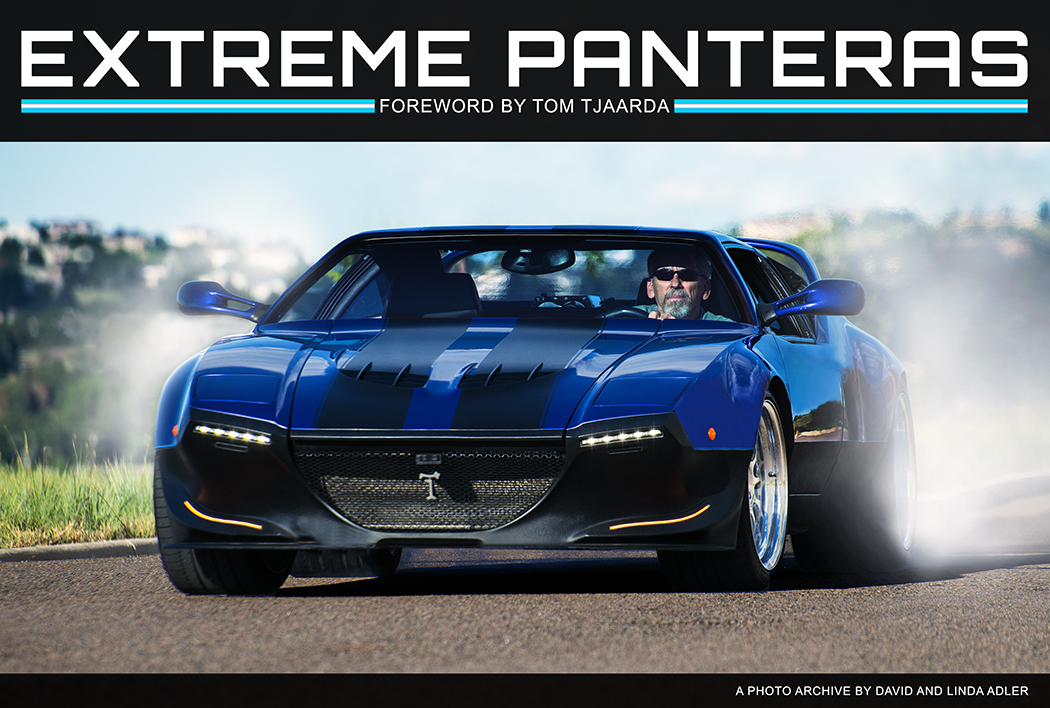
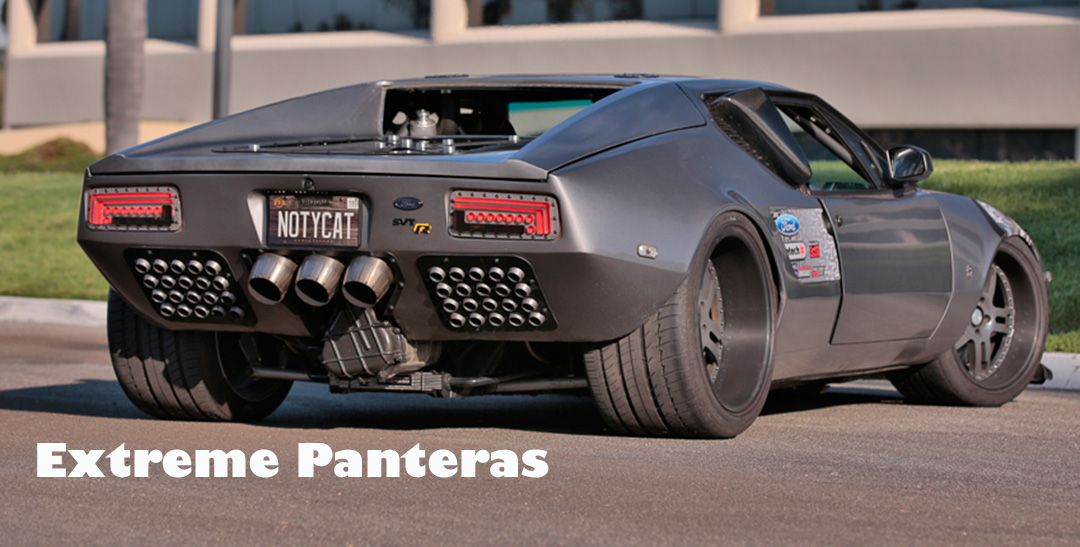
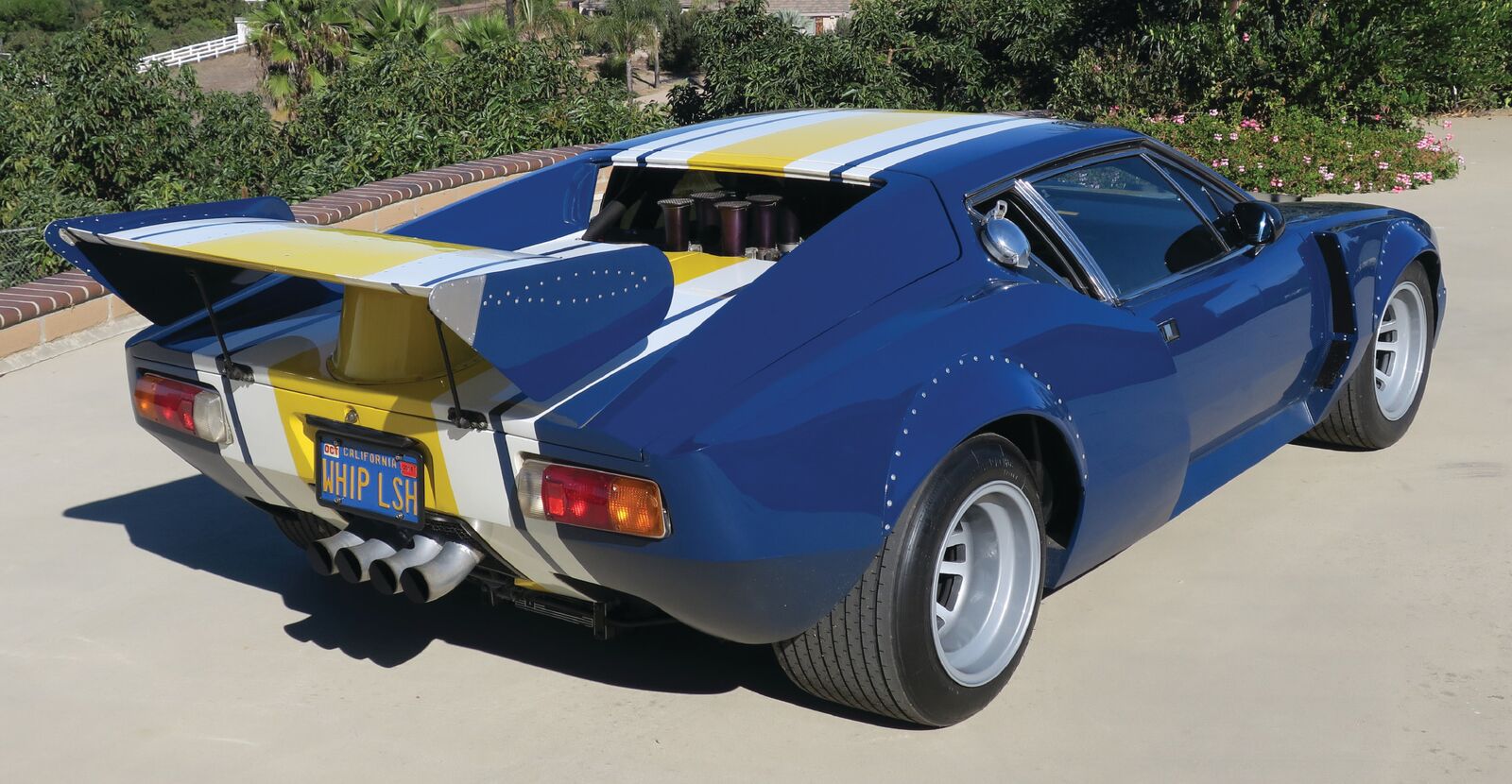
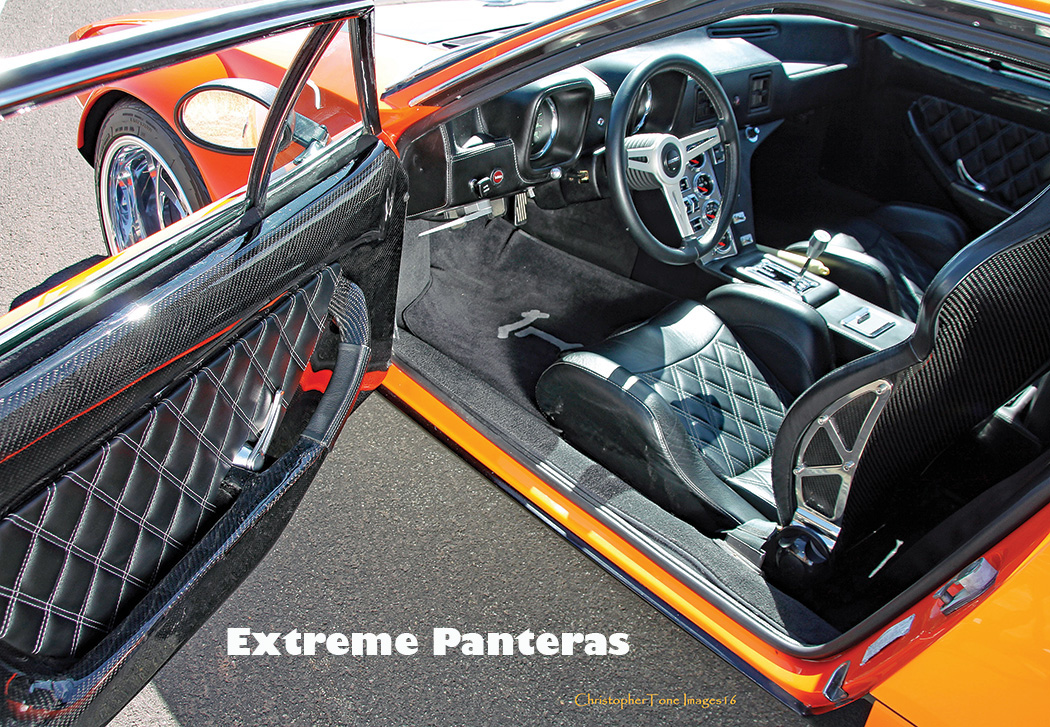
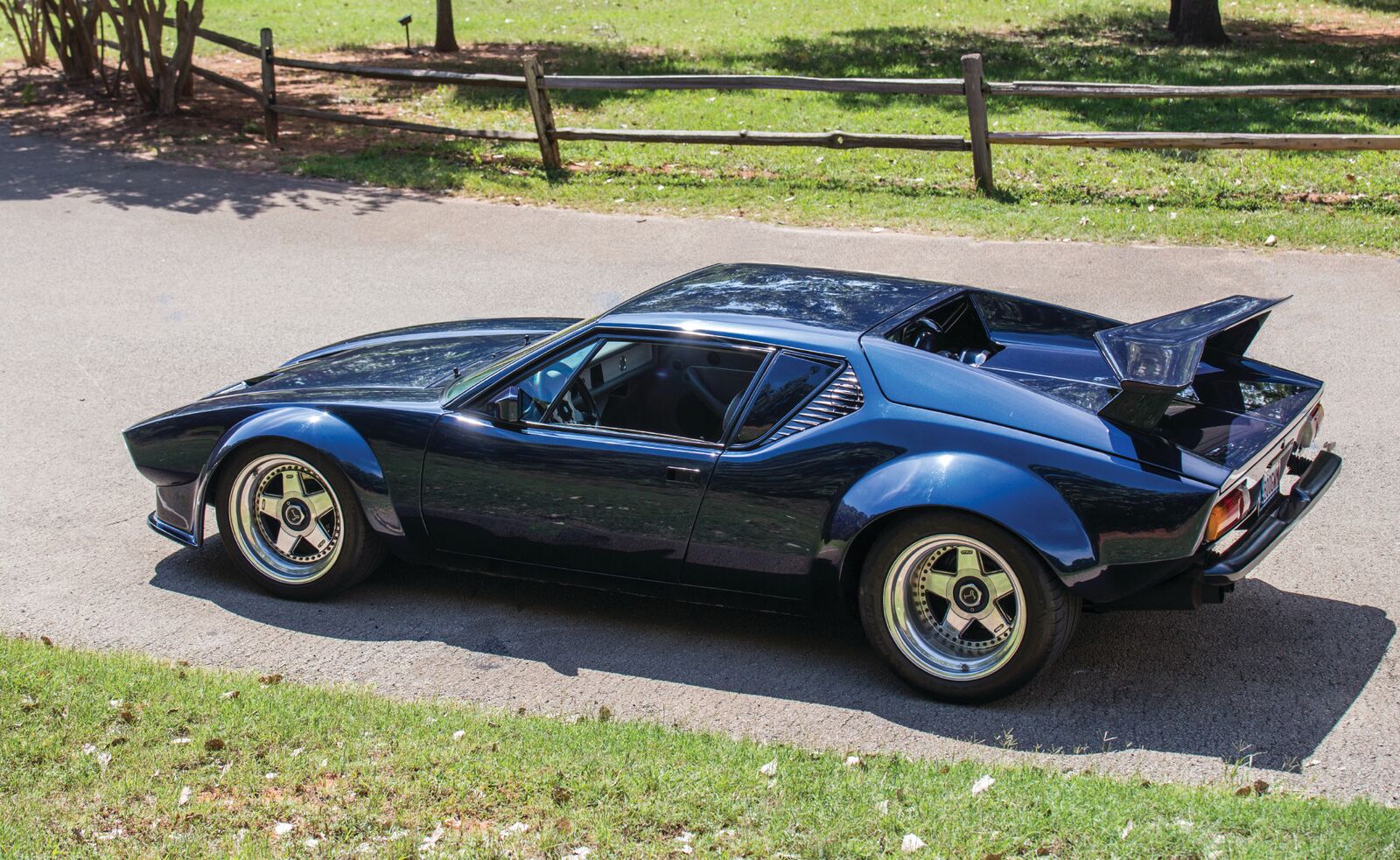
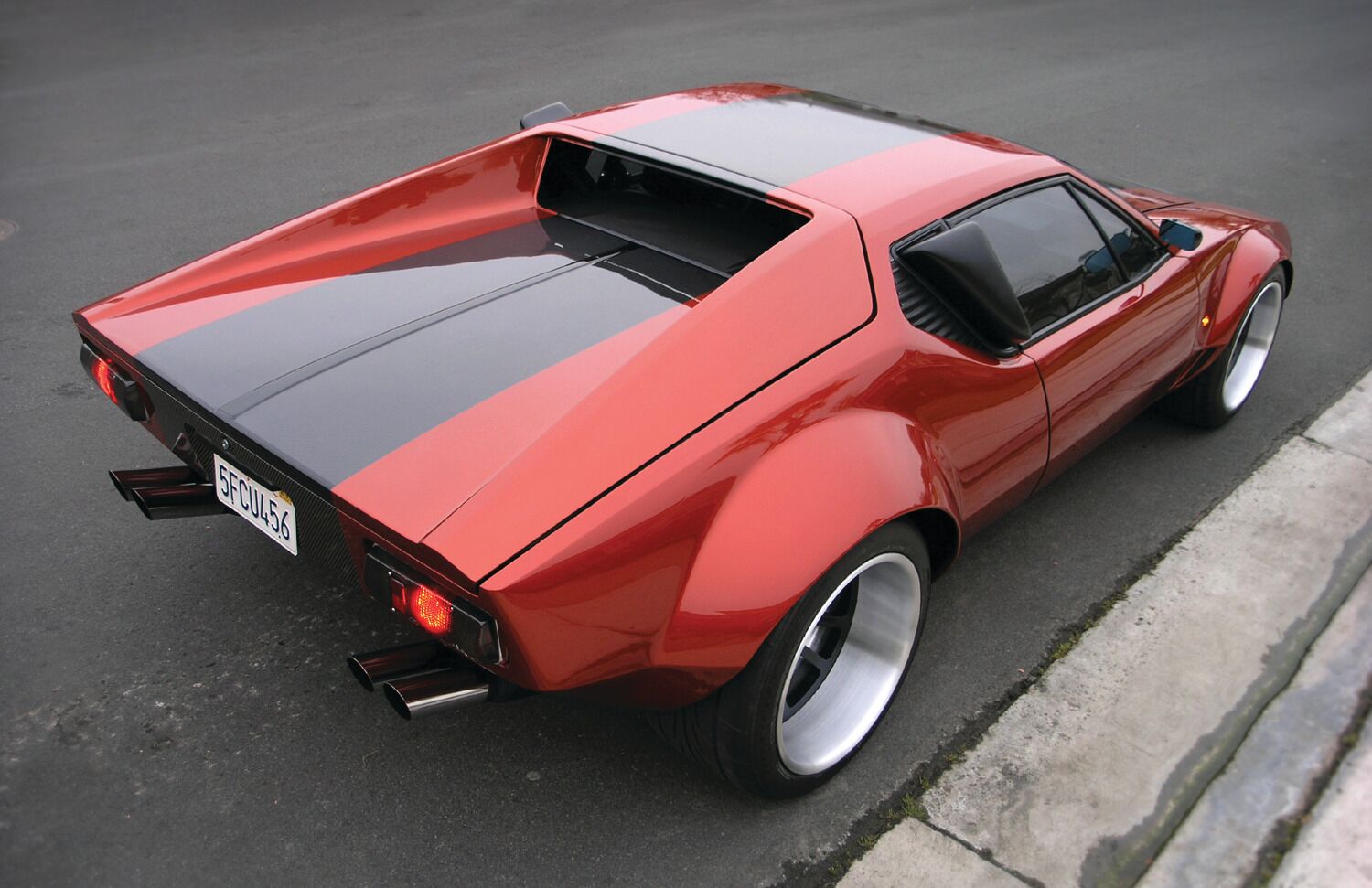
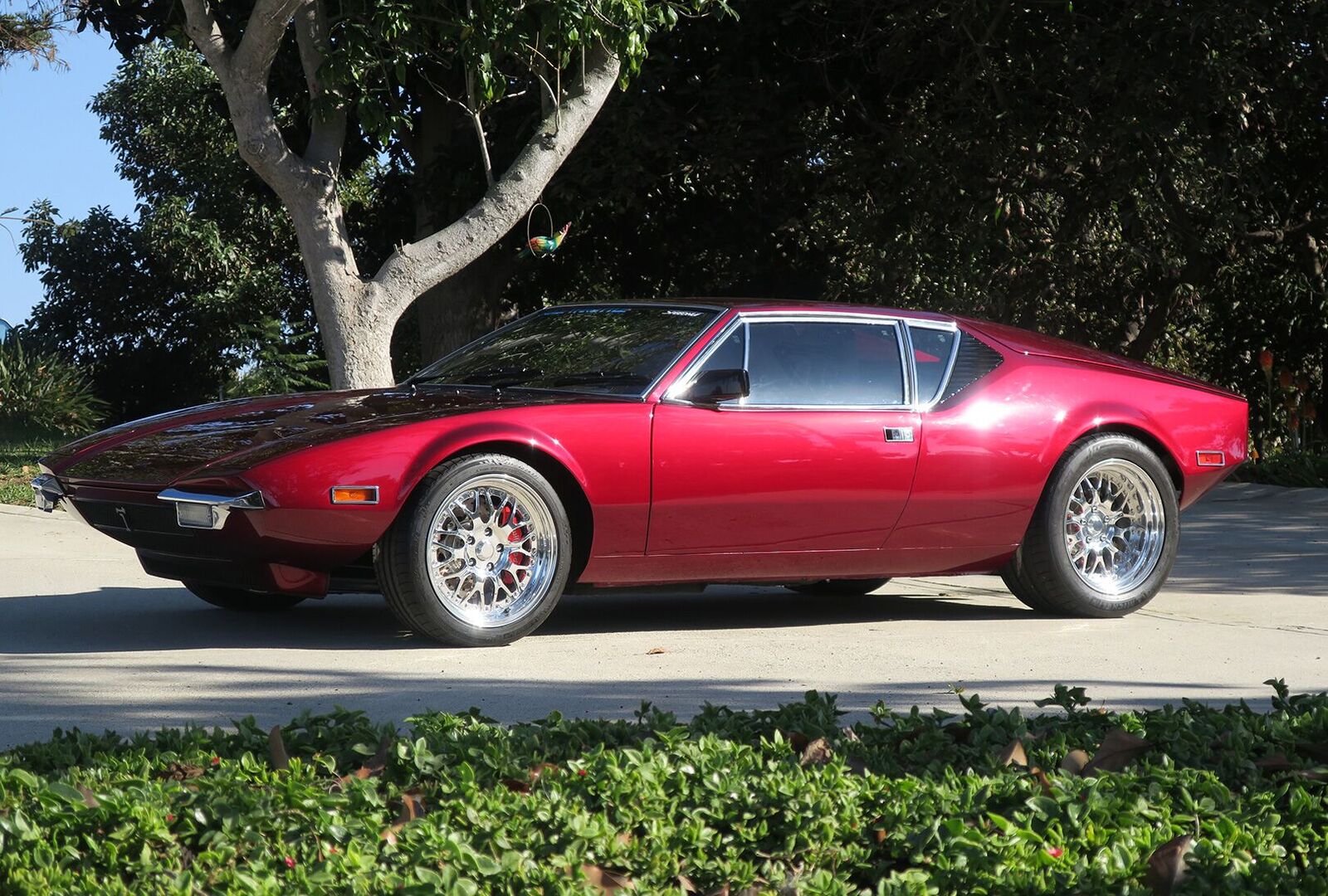
You didn’t mention Gary Hall of Hall Pantera who started the whole Pantera hot rod thing back in the early 80’s, maybe before. He purchased most of the old Pantera parts from around the country and built some outstanding examples in the day. The Ford Cleveland and the robust ZF made the perfect starting point for us hot rodders. Sort of an exotic ’40 Ford, that didn’t need to be chopped.
Hall was a master salesman, I remember going to his shop and seeing he had his own children painting model Panteras when there was a metal model available. He could sell iceboxes to eskimos. At first I was against modifying Panteras but as I say, I only recently concluded it was a raw bones unfinished car as sold by Ford so it gives hobbyists an opportunity to make it over again their way. By the way I remember when he bought a Lamborghini Countach and was disappointed in it, as it was not any faster than some of the Panteras he was building….
We bought our first Pantera from Gustafson Lincoln Mercury at the traffic circle in Long Beach. They had a large separate garage there called, “The Pantera Shop”. They had a catalog of modified parts and could offer engine building in different stages. I had the stage 2 modifications. They were the first to begin modifying the cars right off the showroom floor. Gary Hall was a pioneer and is sorely missed. R.I.P.